Roman Mythology
-

Statue of Hercules: An Artistic Reflection of Mythology Creation and Characteristics Crafted in the late 18th century by an unidentified Roman artist, the Statue of Hercules showcases a compelling interplay between historical reverence and artistic innovation. This sculpture measures approximately 66 3/4 x 33 1/2 x 26 1/2 inches (169.5 x 85.1 x 67.3 centimeters)…
-

This collection celebrates art featuring the Roman god of freshwater, Neptune, who is revered for his dominion over the sea and horses, paralleling the Greek deity Poseidon. The gallery illustrates a range of artistic interpretations, encompassing paintings, sculptures, and drawings. The Fountain of Neptune A remarkable piece is a bronze sculpture located at the Fountain…
-
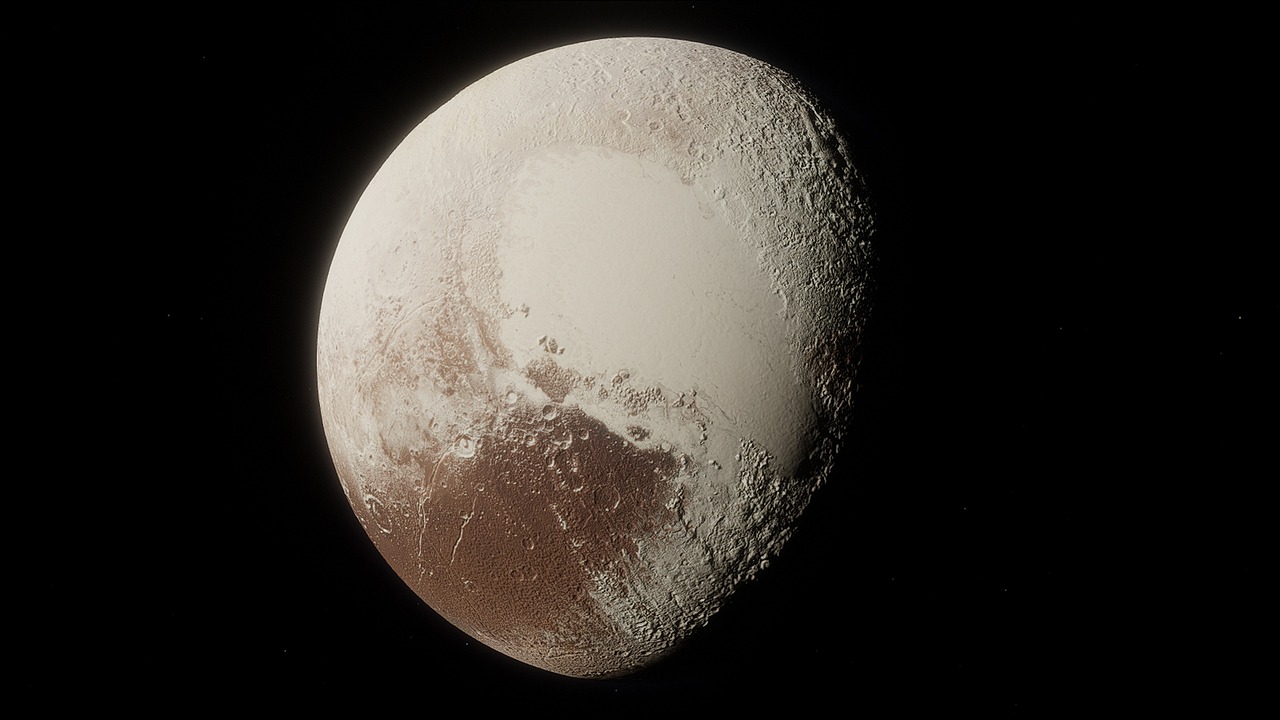
Pluto, the deity associated with the Underworld in Roman mythology, is known for choosing not to dwell among the other gods on Olympus, preferring the solitude of the realm beneath the earth. His Greek equivalent, Hades, shares much in common with him. Family Background Pluto, or Hades, is the offspring of the Titans Saturn (Cronus)…
-
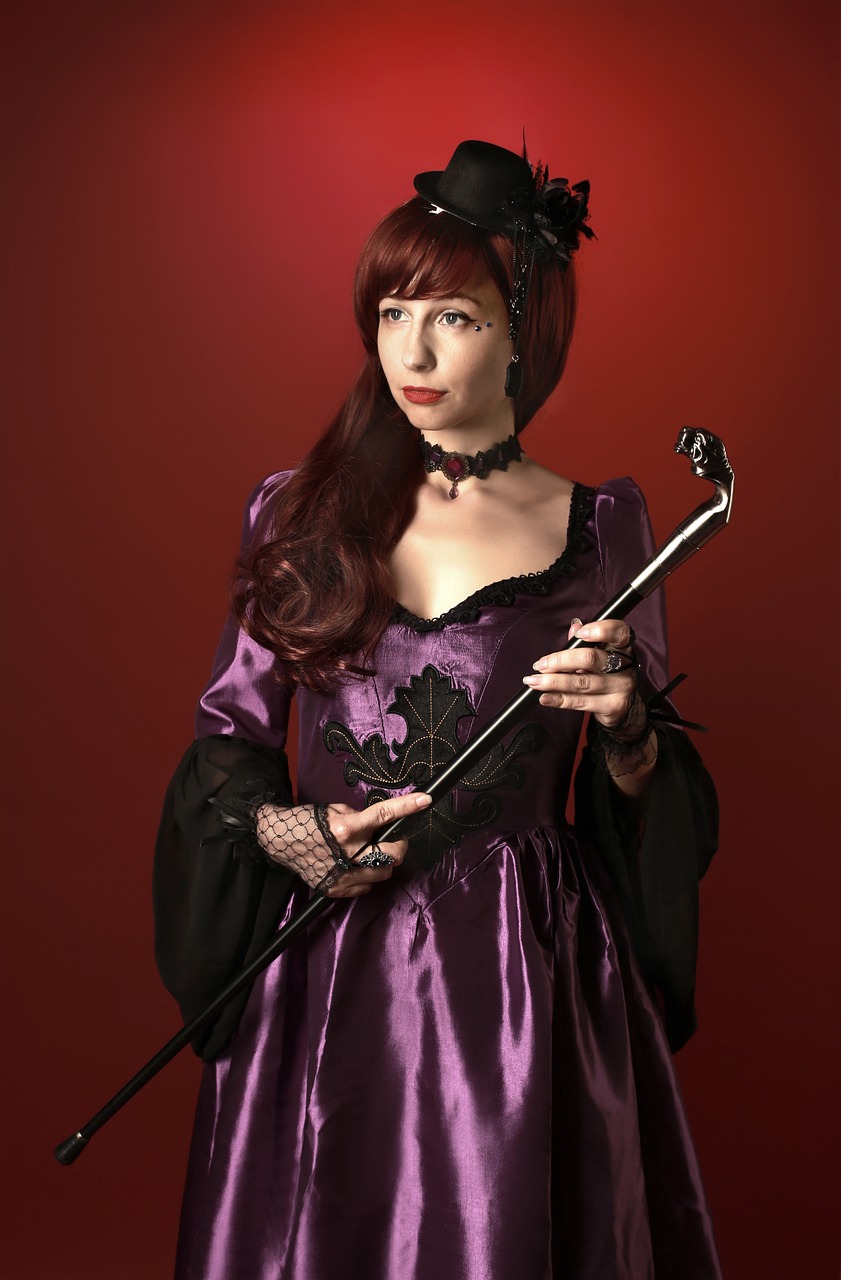
The Victorian era, spanning from 1837 to 1901, was a transformative period characterized by an eclectic mix of architectural styles, heavily influenced by a revived fascination with earlier classical civilizations. This intrigue with antiquity led architects not just to replicate, but to creatively reinterpret ancient designs, fusing traditional motifs with the innovative techniques and artistic…
-
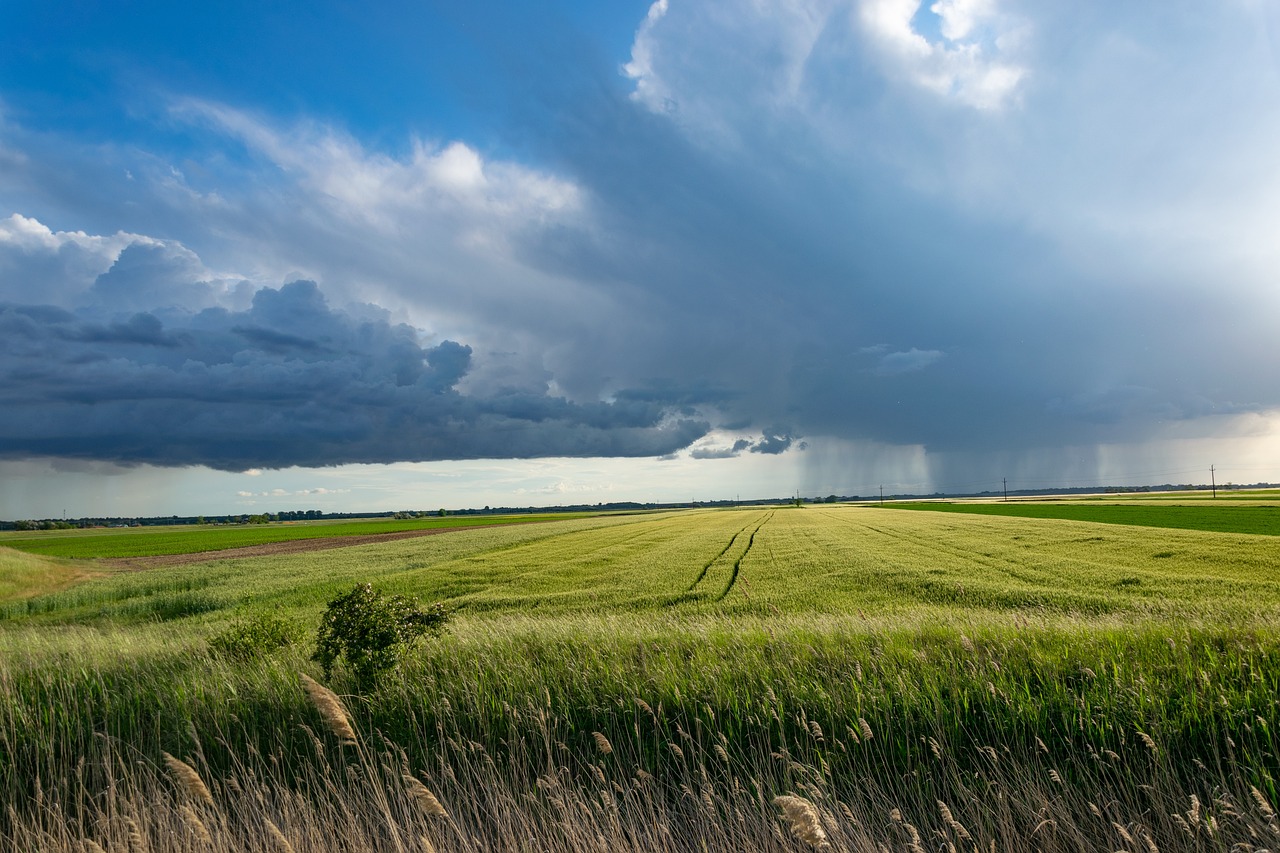
Agriculture’s origins can be traced back to the intentional cultivation of useful plants and animals within human-modified ecosystems. While agriculture is often viewed through the lens of specific practices, such as rice cultivation in Asia or cattle ranching in the Americas, a broader interpretation acknowledges humans as environmental engineers who actively modify natural habitats. These…
-

The enigmatic phenomenon known as the Aurora, often referred to in various cultures as the Valkyrior or “Dance of the Spirits,” captivates the human imagination with its ethereal beauty and mystique. Originating from the Roman goddess of dawn, Aurora, and the Greek term for the north wind, Boreas, these natural wonders are classified as the…
-
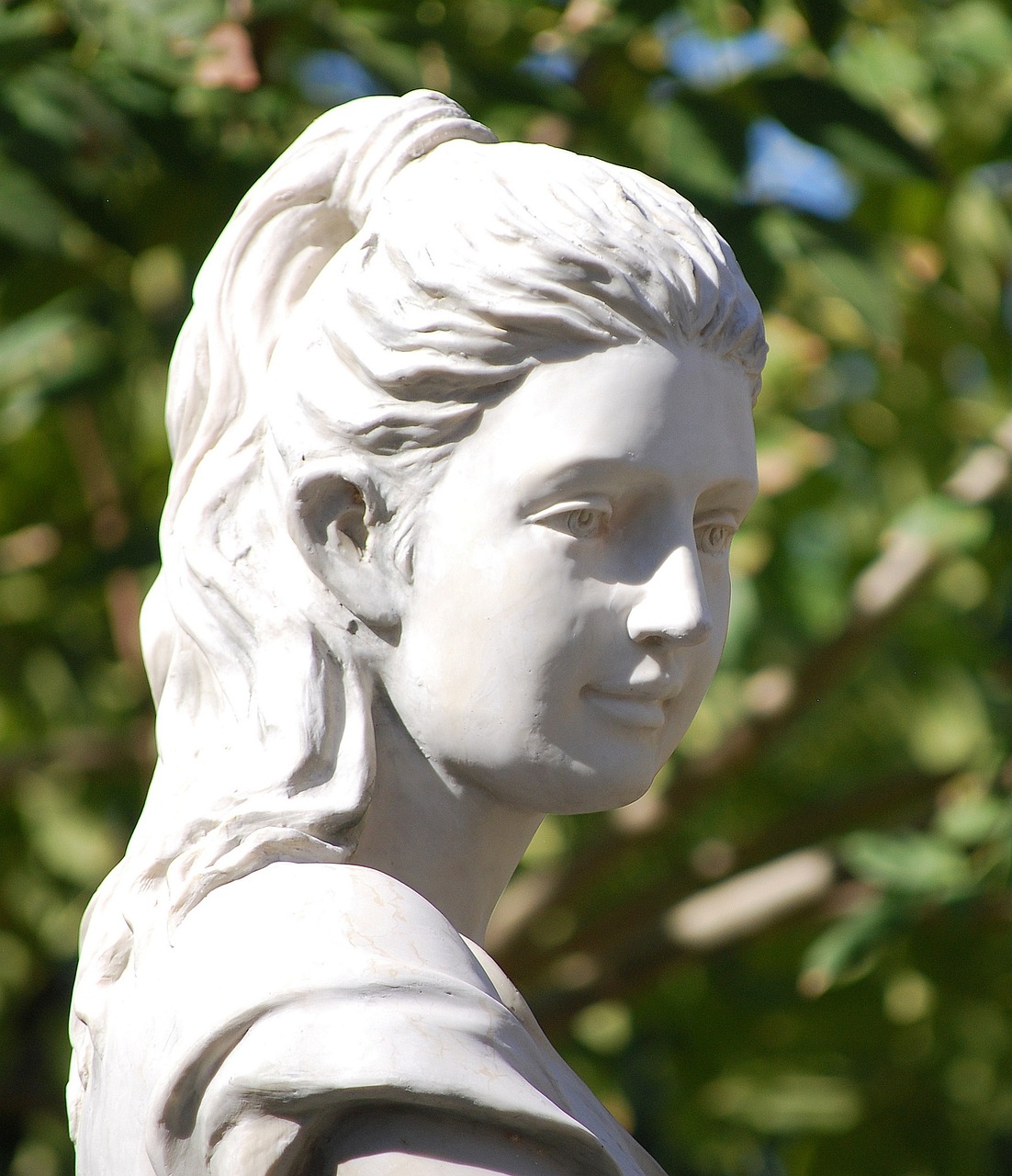
Roman Religion: Insights into Beliefs and Practices Roman religion, known from antiquity until the rise of Christianity in the 4th century CE, encapsulates the beliefs and rituals of the inhabitants of the Italian peninsula during Classical antiquity. According to Cicero, a prominent orator and statesman, the Romans possessed a unique wisdom that enabled them to…
-
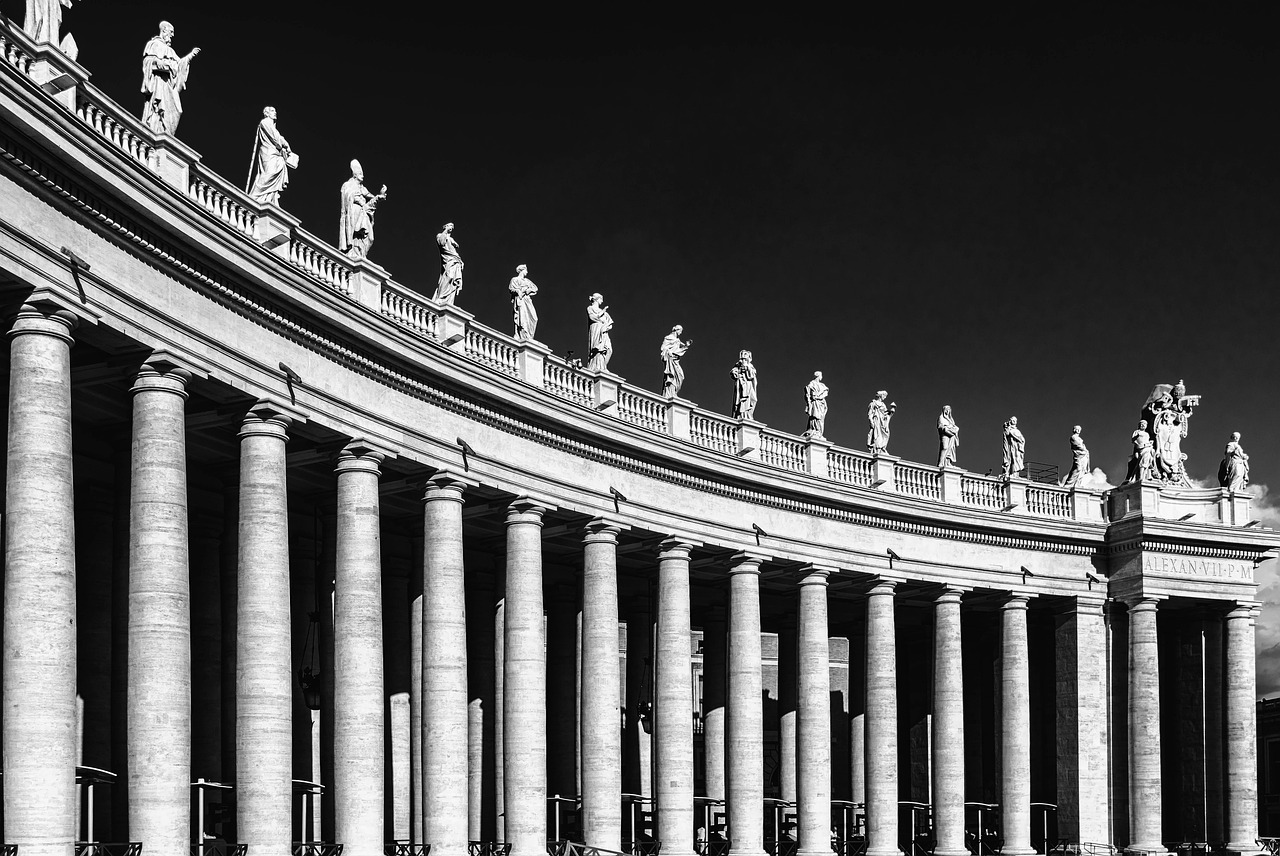
Roman Religion: Key Beliefs and Practices in Classical Antiquity Roman religion, also referred to as Roman mythology, encompasses the beliefs and practices of the inhabitants of the Italian peninsula from ancient times until Christianity’s rise in the 4th century CE, a period recognized as Classical antiquity. According to Cicero, a prominent orator and politician, the…
-
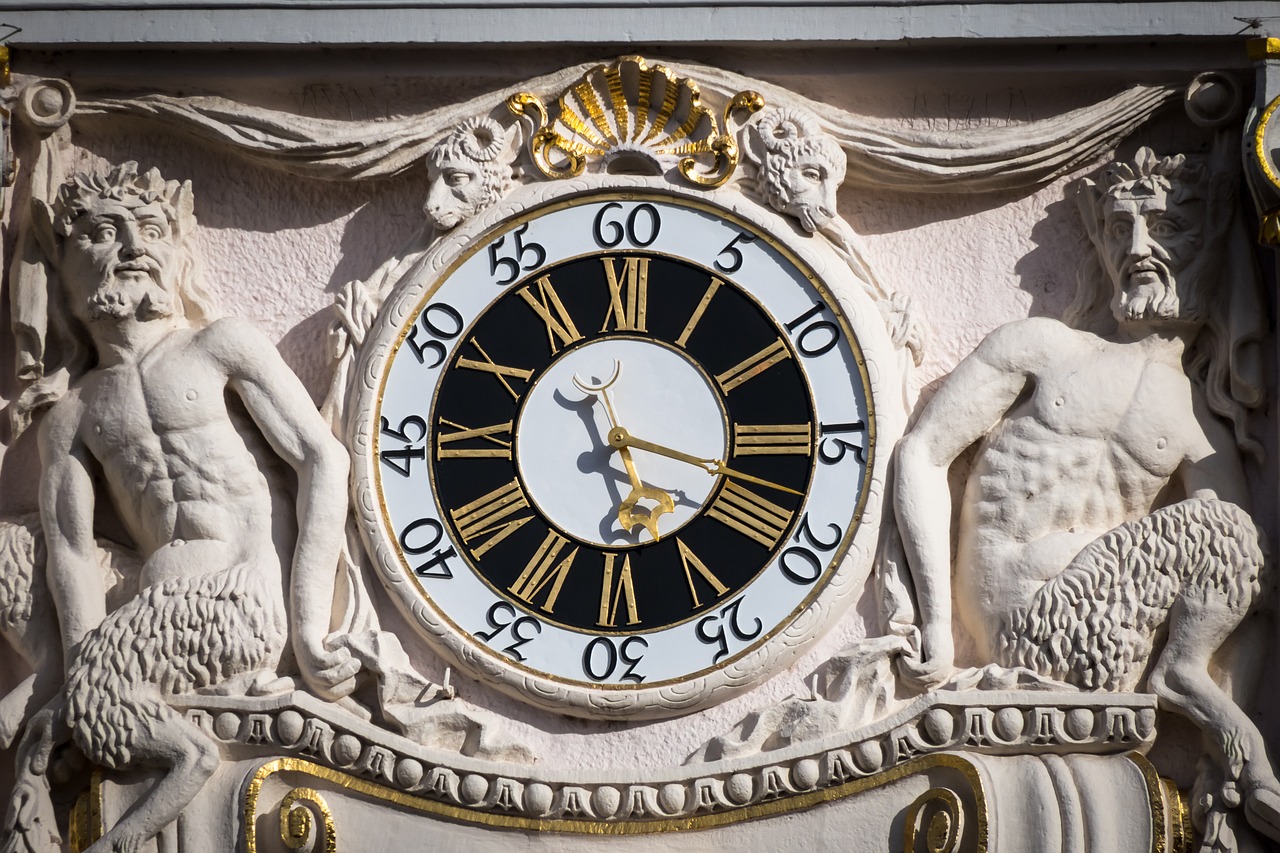
Faunus, the son of Picus and the father of Latinus, was the third king of the Laurentes. During his reign, he followed the agricultural and pastoral traditions established by his predecessors, Picus and Saturn. He was distinguished not only as a ruler who advanced farming practices and livestock breeding but also as a celebrated hunter.…
-
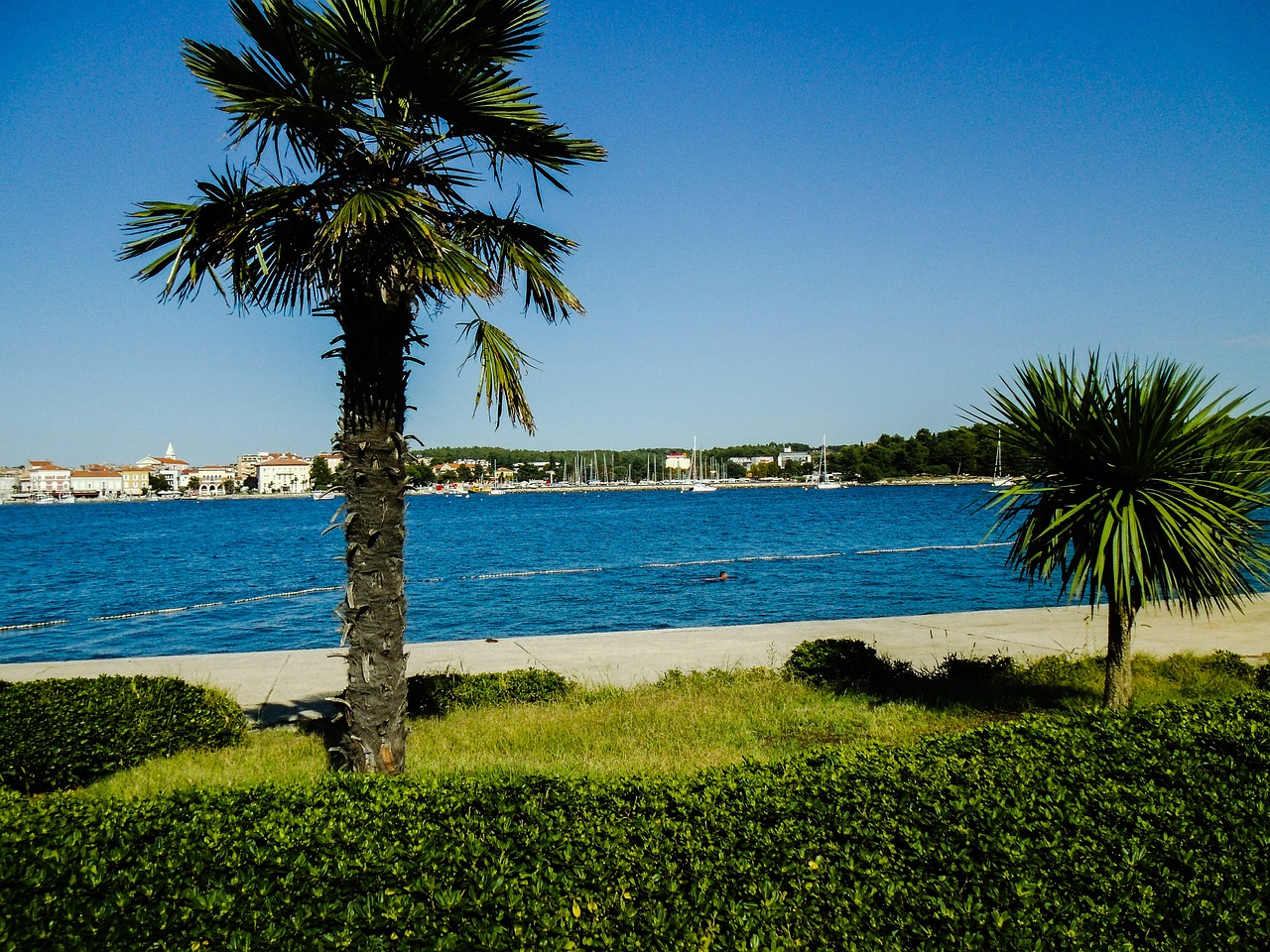
Fortuna, the embodiment of destiny, chance, and fate, held a significant place in the hearts of ancient Romans. Recognized for her immense influence, she guided mortals in their pursuit of good fortune, regarded both by the highest emperors and the lowest citizens. The reverence for Fortuna spawned countless myths, legends, and cultural practices over centuries,…


